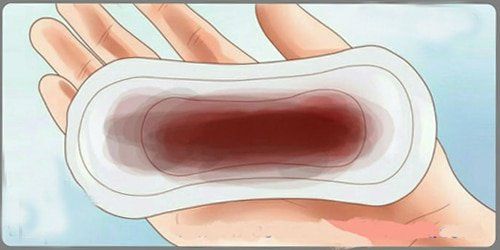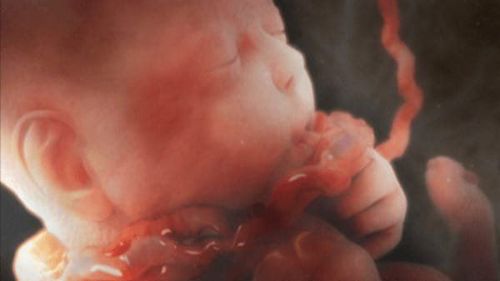This is an automatically translated article.
The article is professionally consulted by Master, Doctor Trinh Thi Thanh Huyen - Department of Obstetrics and Gynecology - Vinmec Hai Phong International General Hospital.
Postpartum discharge is a normal physiological phenomenon, but it causes discomfort for women, especially when the discharge lasts for a long time. How long does it take for a cesarean delivery to stop is a question many pregnant women have when choosing a cesarean section?
1. What is translation?
After the baby is born and the placenta is released, the mother's uterus will contract to form a safe sphere, the uterus will contract well to help with physiological hemostasis and limit postpartum blood loss. In the following days, the ability to contract the uterus decreases. The uterus can initially be palpable just below the navel, every day the contractions get smaller and smaller, about 1-1.5cm, by day 13, the shrinking uterus in the mother's pelvis will no longer be palpable. After each day of uterine contractions is the drainage of fluid from the uterine cavity out through the vagina. The fluid from the uterine cavity after birth is called a discharge. The discharge is made up of debris from the endometrium, small blood clots from a wound where the placenta attaches, the remains of amniotic fluid, and secretions from wounds in the cervix and vagina caused by vaginal bleeding. birth caused.Postpartum discharge is also known as the postpartum process. Postpartum in each person is different, some people come out a lot, some people come out less, some people come out for a long time, some people only have a few days to finish, depending on the different location.

Sản dịch thường ra hết trong khoảng 20 ngày
2. How long does it take for a cesarean delivery to stop?
Separation is a normal physiological mechanism in women after giving birth, women having caesarean section often have less fluid than vaginal birth. This process usually takes 2 to 6 weeks. During the first 3 days, the discharge consists of thin blood and small clots, so it is dark red. After that, the discharge becomes thinner, the blood color fades, and it has a light pink color. Next from 7-10 days after birth, in the birth blood, there are a number of cells, the mucosa should be pale yellow and white, also known as white blood. Normally, the discharge never has pus, but when it passes through the vagina, the secretion loses its sterile nature and can be infected with pathogenic bacteria such as streptococcus, staphylococcus, bacilli... The discharge has a strong fishy odor. , alkaline pH. If infected, the discharge will have a foul odor.Normally within 20 days, the product will be out. However, a few women have vaginal discharge that lasts up to 45 days. After this time, within a week, you may see some bright red blood. It is preterm menstruation - a normal physiological phenomenon due to the early restoration of the uterine lining.
3. C-section 1 month still bleeding is abnormal?

Nếu sản dịch vẫn ra sau 6 tuần kèm theo mùi hôi, chị em nên đến bệnh viện để được thăm khám
If after 6 weeks, pregnant women still see bloody discharge with bad smell, fever 38 -39 degrees, lower abdomen is immediately stretched, then it is likely that you have stopped the delivery, this is a condition caused by the stillbirth. in utero. The state of maternity leave is very dangerous, so women need to go to the hospital immediately for timely examination and treatment.
Please dial HOTLINE for more information or register for an appointment HERE. Download MyVinmec app to make appointments faster and to manage your bookings easily.













